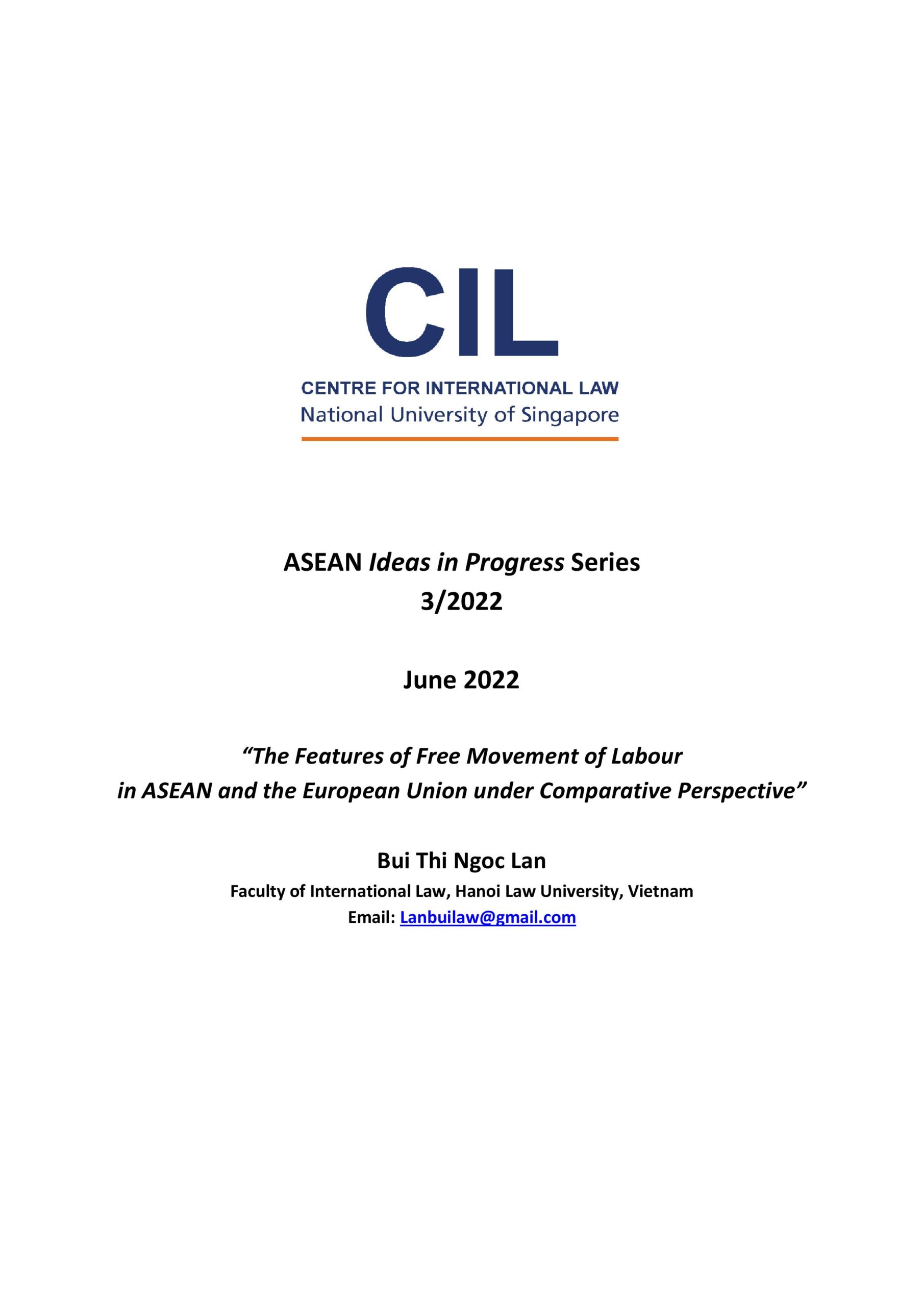
The Features of Free Movement of Labour in ASEAN and the European Union under Comparative Perspective
Bui Thi Ngoc Lan
Faculty of International Law, Hanoi Law University, Vietnam
The free movement of labour is one of the core elements of the ASEAN Economic Community’s (AEC) single market and production base. By implementing free movement of labour, ASEAN aims to allow practitioners in some professions to practice in other member states, and facilitate the temporary cross-border movement of natural persons and business visitors engaged in trade in goods, trade in services, and investment. This paper will analyse the features of free movement of labour in ASEAN, and compare it with the European Union (EU)—including the types of labour, professions, and working durations of workers allowed to move freely in ASEAN—to point out ASEAN’s distinctive approach to ensuring free movement of labour. The result of this study shows that while the EU allows free movement for all types of workers and requires member states to abolish any discrimination based on nationality, free movement of labour in ASEAN refers only to the movement of skilled labour of temporary workers in the bloc.

